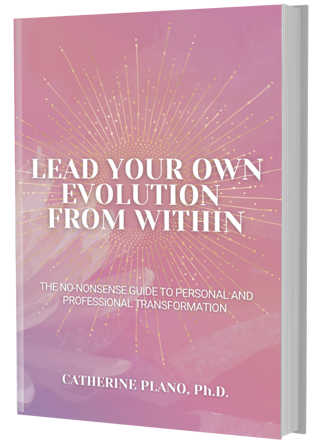Have you ever experienced this?
You have a group of 30 individuals in front of you and you are the facilitator. You’re meant to be holding space for the group but they go on their own tangent. You are standing there like a stuffed mullet … as if you were completely invisible, feeling as if you have absolutely no control.
What do you do?
This is a hot topic at the moment and the truth of the matter is that you have to be ‘fully’ present at all times – physically, emotionally and intellectually.
Here I’m going to provide you with some top tips for successful facilitating under trying circumstances! Sometimes it helps me to imagine I’m in a tai chi class coordinating energy in a graceful way … to get the outcome I need.
People are people – they all bring with them their own ideas, agendas and energy – some positive and some negative – and the only way to be a successful facilitator is to acknowledge that they all have something vital to bring to the group. Of course, it also helps to know a few of these little tricks 😉
1) The new leader is a facilitator …
Your role as the facilitator is to create ‘curiosity’ by asking insightful and thought-provoking questions, to help the group co-create, allowing conversations to take place that inspire and help to embed all of the group’s learnings.
You can only do this when you understand the energy of the group. If you take a moment or two to initially observe the energy in the room and how its flowing between team members then you can successful connect with it.
I love this quote from Benjamin Franklin – “Tell me and I forget. Teach me and I remember. Involve me and I learn”.
The role of an exceptional facilitator is to get everyone involved.
Make everybody feel like they are somebody …
When you begin working with a group you want to set the scene upfront. For example you may use statements like;
- Sitting in silence today is not an option
- Today you are the CEO of this organisation
- Everyone is here to contribute to the learning’s
- This is a safe environment to be standing in your truth, no one is here to judge and on that …
- There is no such thing as a stupid question
- What goes on tour stays on tour (information stays in the ‘vault’ – this room)
- And .. then ask participants what they hope to gain from participation in this group? Ask them what they are really looking forward to as the session unfolds.
One way you can harness the energy of a group at the beginning of a session is to introduce an icebreaker. Provide three statements and ask the group to pick the one that’s false. Or … one of my favorite activities is to create a simple problem for small groups to collaborate, analyse and find a solution.
2) Crash the chatterbox …
When you have a group that is ‘fired up’ they can be very vocal to the point where they dominate and take over the class and talk amongst themselves.
To bring them back into the wider group collective there’s a little trick I know where you listen carefully and pick up on a few points from the conversations around the room. Clap your hands, which is called ‘breaking state’ – you have to do it loud enough for them to jump out of their chair. And then elaborate “what a brilliant conversation, I loved point one, two and three….” Then continue to write the three points on the whiteboard bringing the attention and the ‘energy’ back to the front of the room. Create a parking lot where you can ‘park’ good ideas that you can come back to as the day progresses.
Utilise the ‘parking lot’ when there are questions that are ‘left of field’ and run the risk of moving the group away from the current content. This technique can be used when probing the group with another idea that comes out of a question too – just park it!
3) Humour heals the heckler …
You may or may not often have to deal with hecklers in a group, but when they do appear it is important not to ignore them … instead work with them because you can quickly agitate and annoy a group if you don’t control it.
You see there are three types of individuals in your class, there are some that are ‘happy’ to be there, then there are some that ‘have’ to be there because their boss told them so and then there are some that think this is a ‘holiday’ taking time off work.
And if an individual doesn’t want to be there they can be very active and interrupt the group and starts talking directly to you in the middle of your presentation … passive hecklers are disruptive too, but in more subtle ways: having their own conversation with their neighbour or playing on their smartphone.
A heckler wants ‘attention’ so give it to them by asking questions, get them involved, allow them to lead a group activity or ask for their input and feedback.
4) SILENCE is one of the great arts of conversation …
When a group is quiet, let them know that you are totally comfortable with silence (even if you’re not) and if they don’t respond to your insightful question then have a little bit of fun with it … nod ‘yes’ and say, this is YES. Then nod ‘no’ and say this is NO. They will have a giggle and soon enough someone will speak up.
You can even point out – just in case you didn’t catch on … that was an actual question. Then if all else fails, ask an individual for the answer to your question.
You as the facilitator – have the crucial role of remaining totally present in amongst a plethora of disruptions and distractions! You must remain attentive to what is said and not said, what’s happening and not happening, dancing energetically between purpose and agenda, and intervening when necessary to keep the space open … to keep the flow and energy, and ultimately to help the group open up to new ideas and possibilities.
It is a process of deep listening, enablement, active reflection, stewarding forward, and supporting all sides.





